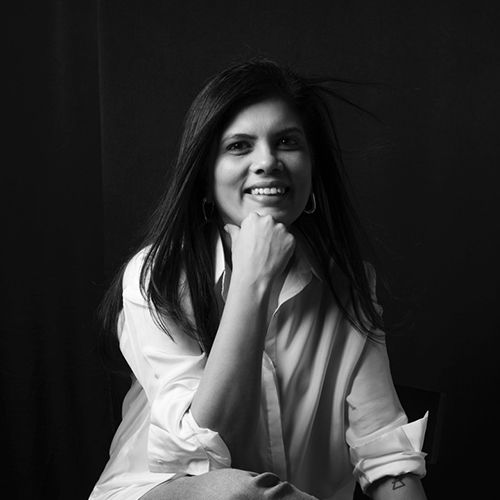
Sneha Arora
Fashion Designer & Owner
Label Sneha Arora
We'll launch a menswear collection this year
Sneha Arora, an alumnus of National Institute of Fashion Technology, India, started her eponymous label in 2011 and later launched it nationally at Lakme Fashion Week Winter Festive 2012. Since then, the Sneha Arora, the label, has been a regular at the Fashion Week in Mumbai. The label's DNA lies in telling stories through clothes that have a lady-like twist to masculine silhouettes. Designer Sneha Arora chats about the metamorphosis of Indian fashion, latest collections and the menswear range to be launched soon.
Fibre2Fashion: You are close to completing a decade in the Indian fashion industry. How has the industry evolved?
Sneha Arora:
F2F: Did you always want to design clothes for women? How has womenswear in India transformed?
SA:
F2F: Tell us about in brief about your journey from working at Van Heusen to owning a label?
SA:
F2F: Where do you source fabric and accessories from?
SA:
We use a wide range of fabrics, hand-woven silks from Bishnupur in Bengal, cottons and shirting from mills in Gujarat , other silks from importers in Delhi and Mumbai, and linens from Rishra. For accessories, my go to place is Govindpuri in Delhi. One sometimes finds rare trims in the lanes of this quaint market.
F2F: What is your design strategy? What is a staple in all your collections?
SA:
F2F: Tell us about your latest collection. How many styles does each collection have?
SA:
The latest collection is called Breathe-to pause, to make space, to collect your thoughts. Summer Resort 19 talks about allowing yourself some time to breathe and enjoy all that is within and without. Easy silhouettes, laid back bodies, botanical miniature prints and hand embroidered details, all woven into a palate of sky blues, leaf greens, earthy beiges and whites with a hint of sunny oranges, spun in airy silks, skinny organzas, smooth cottons and cotton silks. Each collection has about 40-50 styles.
F2F: Who is your target audience? Where is your clientele majorly from (in terms of geographies)?
SA:
My target audience are independent women, who could be in their twenties or thirties, or even in her sixties, someone who is confident and comfortable about who she is. She can be a lawyer in her thirties, a mother of two in her forties or a sixty-year-old who loves travelling with her friends. In terms of geographies, they are from Delhi, Mumbai, Bengaluru, Chennai, Hyderabad, Ahmedabad, Vadodara and Jaipur.
F2F: Since you stock with stores abroad, how is the demand for your clothes in India versus abroad?
SA:
At present, I sell more in India than I do outside because I have fewer points of sale internationally. People in India appreciate fabric more than anywhere in the world. We focus a lot on the textiles and use only natural fibre fabrics compared to viscose and synthetics that dominate the international market.
F2F: How is Indian fashion being perceived internationally?
SA:
Indian fashion has now gone global with a lot of designers participating in trade fairs in Europe and the United States. In the past five years, we have had three Woolmark winners from India that has also opened the perception of global markets. There is a demand globally for craftsmanship and handmade apparel and we are very well meeting their demands. So, we are definitely going places.
F2F: What does sustainability mean to you? How successful have you been in incorporating sustainability into fashion?
SA:
Sustainability for me is a way of living. In fashion, just using hand-woven fabrics is not sustainability. Practicing fair wages, providing a comfortable working place, minimising waste, recycling and most importantly, being conscious of people and the space around you is sustainability. We are still trying to become sustainable, but I think it is a long way to go. Hopefully by the end of year we will become much more conscious and sustainable in our working.
F2F: What are the top three predictions for Autumn/Winter 2019-20?
SA:
The top three trends for Autumn/Winter 2019-20 are slouchy pant suits for women, big bold shoulders for dresses and blouses and the colour orange in all its forms.
F2F: What are your future plans? Are there any interesting collaborations or collections in the pipeline?
SA:
There are a couple of new things in the pipeline in the coming years, the most immediate being the launch of menswear. That is what I am looking forward to this year. (HO)
Pradip Mehta
Abhay Gupta
Rahul Mehta
Anurag Batra
Fanny Vermandel
Bill D’Arienzo
Arun Sirdeshmukh
Rahul Mehta
Gabi Seligsohn
Aseem Prakash





_8.JPG)







